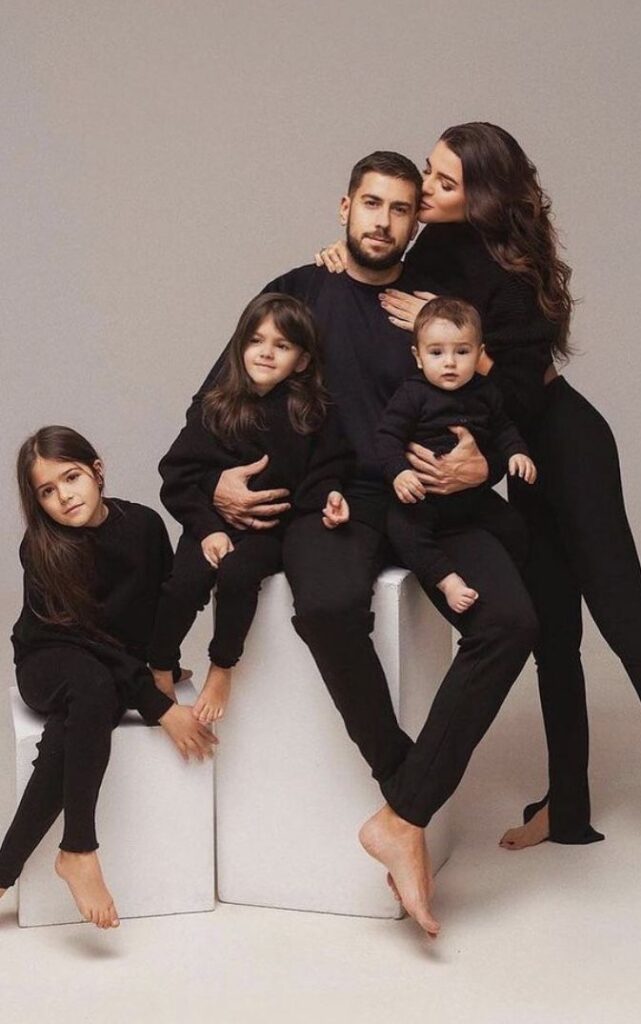
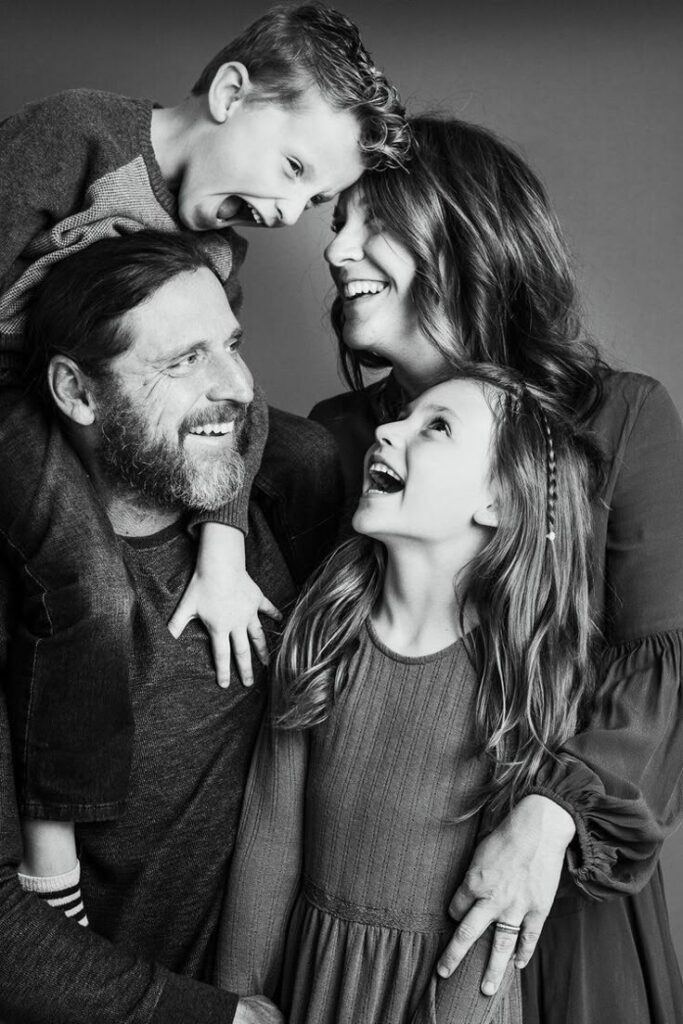
Capturing beautiful family portraits takes more than just a good camera. It’s about preparation, timing, and understanding group dynamics. Whether you’re a professional or a hobbyist, knowing what works (and what doesn’t) can make a huge difference in the final result. If you’re planning a session or trying to improve your family portrait photography skills, use these dos and don’ts as your go-to checklist.
Do: Plan Ahead

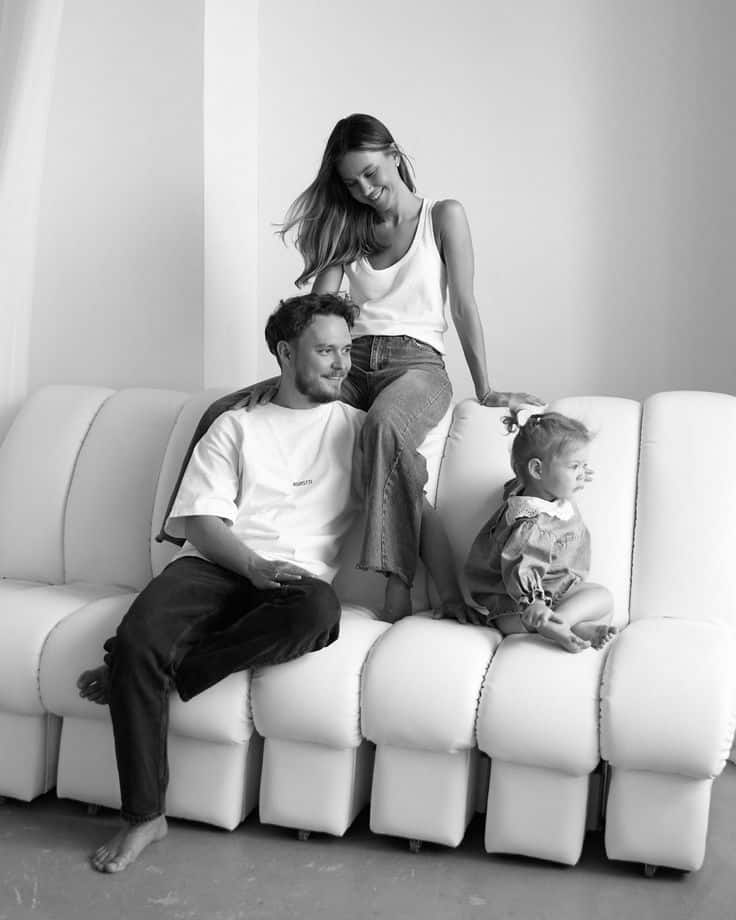
1. Choose the Right Time of Day
Lighting is everything. Golden hour (just after sunrise or before sunset) offers soft, flattering light that enhances skin tones and creates a warm atmosphere. Midday light can be harsh and cause squinting, so avoid it unless you have shade or diffusion.
2. Scout the Location
Visit the shooting location beforehand. Check for natural backdrops, lighting conditions, and potential distractions. A cluttered or busy background can draw attention away from your subjects.
3. Coordinate Outfits
Suggest neutral tones or a cohesive color palette to your clients. Matching outfits are not necessary, but harmony in clothing helps keep the focus on the family connection, not the clothes.
Don’t: Overpose or Overcontrol


1. Avoid Rigid Poses
Stiff, unnatural posing makes families look disconnected. Instead, guide them into gentle interactions, have them hold hands, look at each other, or play with the kids. The goal is to create genuine emotion and connection.
2. Don’t Force Smiles
Children especially can sense when they’re being pushed to pose. Let laughter and smiles come naturally through playful interaction or light prompts.
3. Skip the Overediting
It’s tempting to smooth every wrinkle and brighten every eye, but overly edited photos look unnatural. Aim for clean edits that preserve character and authenticity.
Do: Focus on Connection

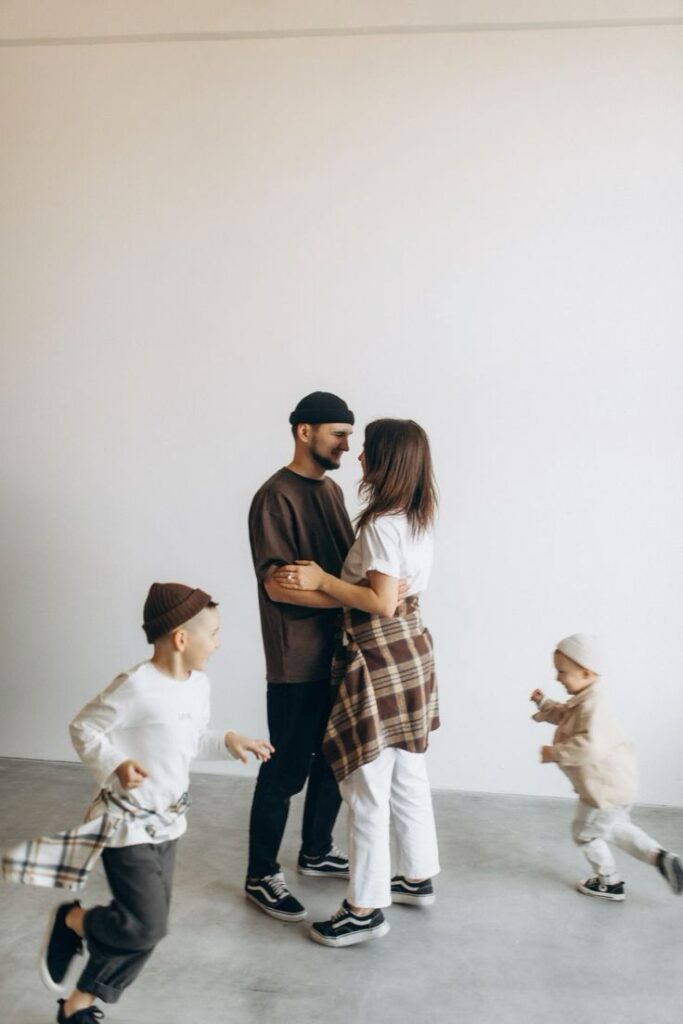
1. Capture Candid Moments
Some of the most touching images come from in-between moments, mom kissing a toddler’s cheek, siblings giggling, or dad fixing a collar. Stay alert for these interactions.
2. Give Prompts, Not Poses
Instead of saying “stand here and smile,” try “walk slowly together and look at each other.” Prompts like these spark movement and emotion that look great in photos.
3. Get Everyone Involved
Make sure each family member feels included. If you’re working with kids, start with their photos first while their attention is fresh, then incorporate the entire group.
Don’t: Forget the Essentials
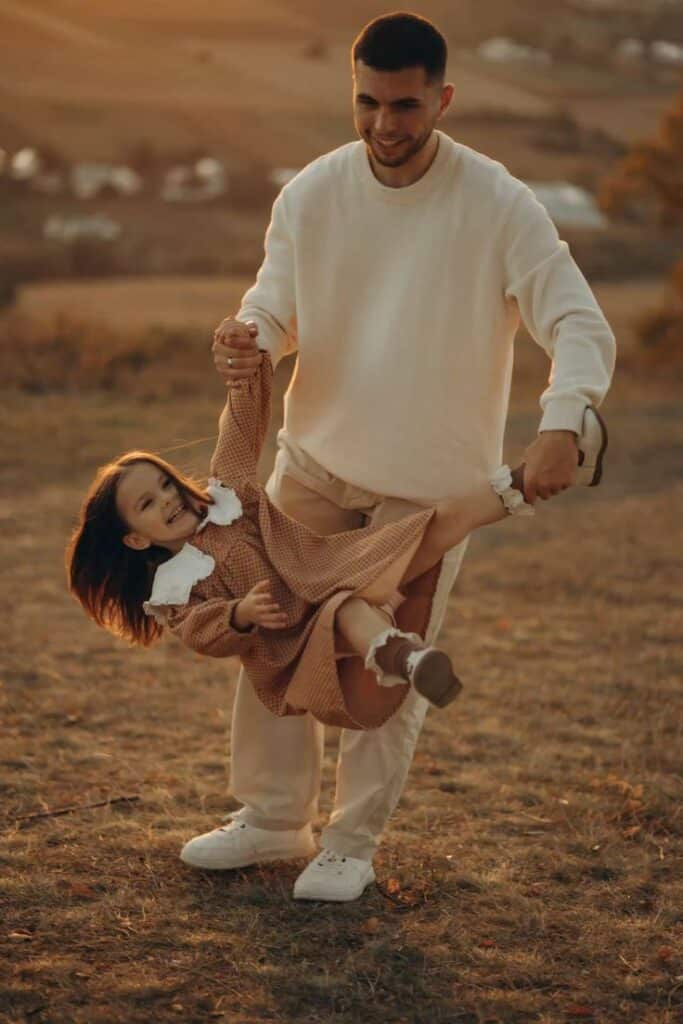
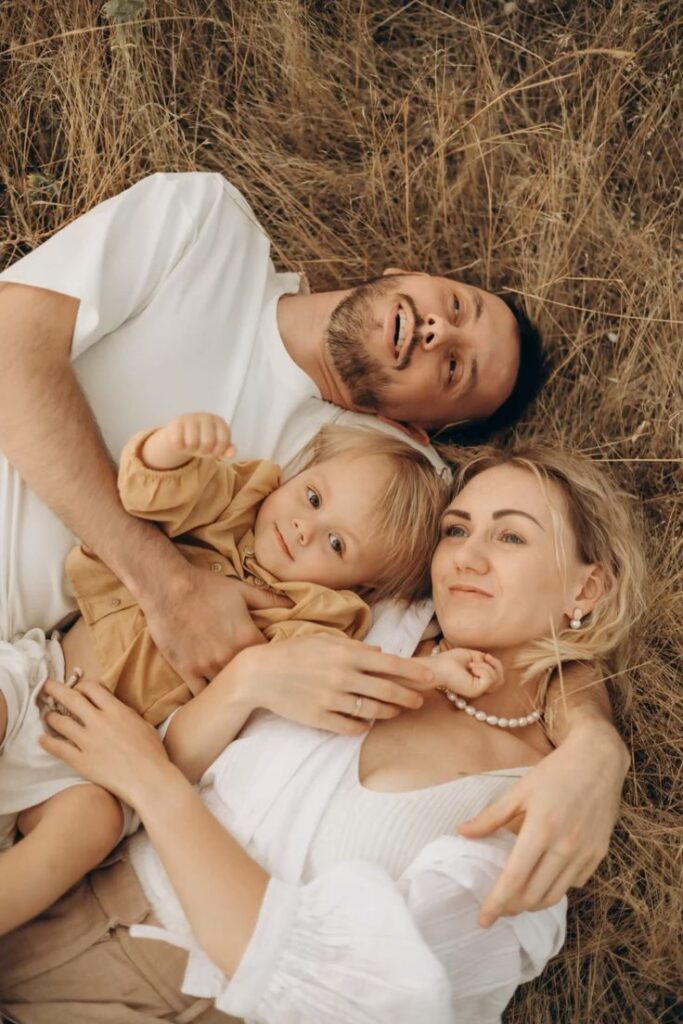
1. Don’t Skip Backup Equipment
Batteries die. Memory cards fill up. Always bring spares of everything, including lenses and cleaning cloths. It only takes one missed moment to regret not being prepared.
2. Don’t Neglect Communication
Confirm the date, time, location, wardrobe suggestions, and expectations with your clients beforehand. Clear communication reduces stress and confusion on the day of the shoot.
3. Don’t Rush the Process
Family sessions can be unpredictable, especially with young kids or pets involved. Stay patient and flexible, some of the best shots happen when no one is looking.
Do: Pay Attention to Composition


1. Use Layering and Depth
Place people at different depths within the frame to create a more dynamic and visually interesting image. Think in triangles and groupings that show closeness.
2. Frame With Purpose
Use trees, doorways, or arches to frame the family and guide the viewer’s eye. Also, be mindful of any distracting elements that could draw attention away from the subjects.
3. Vary the Angles
Shoot wide for the full family setting, then move in close for tight portraits. Switching perspectives helps tell a fuller story.
Final Thoughts
Great family portraits go beyond just smiles and good lighting. They’re about capturing relationships, personality, and warmth. By following these essential dos and don’ts, you’ll not only produce stronger images but also offer a smoother, more enjoyable experience for your clients. Practice often, stay adaptable, and always shoot with intention. The results will speak for themselves.
- 971shares
- Facebook0
- Pinterest968
- Twitter3
- Reddit0













